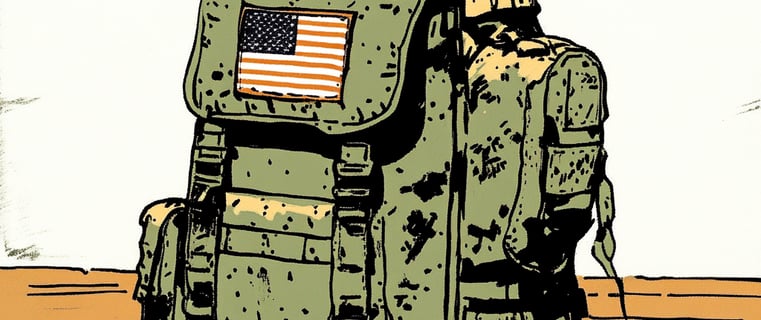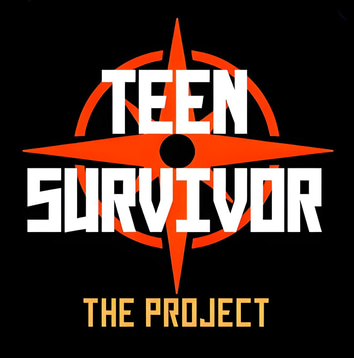Build Your 72-Hour Bug-Out Bag Today
Create your personalized 'get out of dodge' kit designed to sustain you for 72 hours during emergencies. Discover essential items for your bug-out bag and stay prepared.
BEGINNER SURVIVAL SKILLS
12/26/20242 min lesen


What is a Bug-Out Bag?
Imagine this: the world turns upside down in an instant and you’ve got seconds to react. What’s your game plan? That’s where the bug-out bag, or BOB, comes in. It’s a survival lifeline, packed and ready to help you escape chaos and live to tell the tale. Think of it as your "get out of Dodge" kit, designed to sustain you for 72 hours in an emergency.
Why You Need One
You might think, “This sounds extreme!” But disasters don’t wait for you to be ready. Fires spread fast, power outages happen, and sometimes you just need to grab your bag and go. A well-packed bug-out bag means you’re not rummaging for socks and snacks when the clock is ticking. It’s about peace of mind—having a plan when it matters.
How to Pack your Bug-Out Bag
Step 1: Pick the Right Bag
Your bag is your partner in survival crime, so choose wisely. Look for:
Durability: It’s got to survive rough handling.
Comfort: Padded straps and a waist belt are non-negotiable.
Size: Big enough for essentials but not so heavy it turns you into a human turtle.
Think hiking backpack, not a bag stuffed with yesterday’s leftovers.
Step 2: The Essentials Checklist
Here’s what every good bug-out bag needs:
1. Water and Purification
Why it matters: You can’t survive more than three days without water.
What to pack:
Collapsible water bottle or canteen
Portable water filter or purification tablets
2. Food
Why it matters: Nobody’s surviving on vibes alone.
What to pack:
Non-perishable, calorie-dense foods like energy bars, trail mix, or MREs (Meals Ready-to-Eat).
A lightweight mess kit for heating meals.
3. Shelter and Warmth
Why it matters: Nature can be your friend or your worst enemy.
What to pack:
Emergency blanket (those shiny foil ones are magic)
Compact tent or tarp
Warm hat and gloves
4. First Aid and Hygiene
Why it matters: Scrapes and infections can slow you down fast.
What to pack:
Basic first aid kit: bandages, antiseptic wipes, pain relievers
Multi-use soap sheets or hand sanitizer
Travel toothbrush and toothpaste
5. Clothing
Why it matters: Wet, cold, or uncomfortable? Not a winning combo.
What to pack:
Weather-appropriate layers
Spare socks and underwear
A lightweight rain jacket
6. Tools and Navigation
Why it matters: You can’t rely on Google Maps when your phone’s dead.
What to pack:
Multi-tool or Swiss Army knife
Waterproof map of your area and compass
Flashlight with extra batteries or a hand-crank model
7. Self-Defense and Signaling
Why it matters: Stay safe and be found.
What to pack:
Whistle or signal mirror
Pepper spray or another form of self-defense (local laws apply)
8. Personal Items
Why it matters: Every bag is personal.
What to pack:
Copies of IDs, cash, and any essential documents in a waterproof pouch
A family photo or comfort item (because mental strength is survival too)
Pro Tips for Packing Your Bag
Go Lightweight: A heavy bag will drag you down. Aim for essentials and ditch the fluff.
Test It: Strap it on and go for a hike. Nothing reveals flaws like real-world use.
Keep It Accessible: Stash it somewhere you can grab it in seconds, like your front closet or under your bed.
Stay prepared. Stay sharp. Stay safe. Download our BOB checklist
Teen Survivor Project
Cheatcode für junge Prepper
© 2024. All rights reserved.
